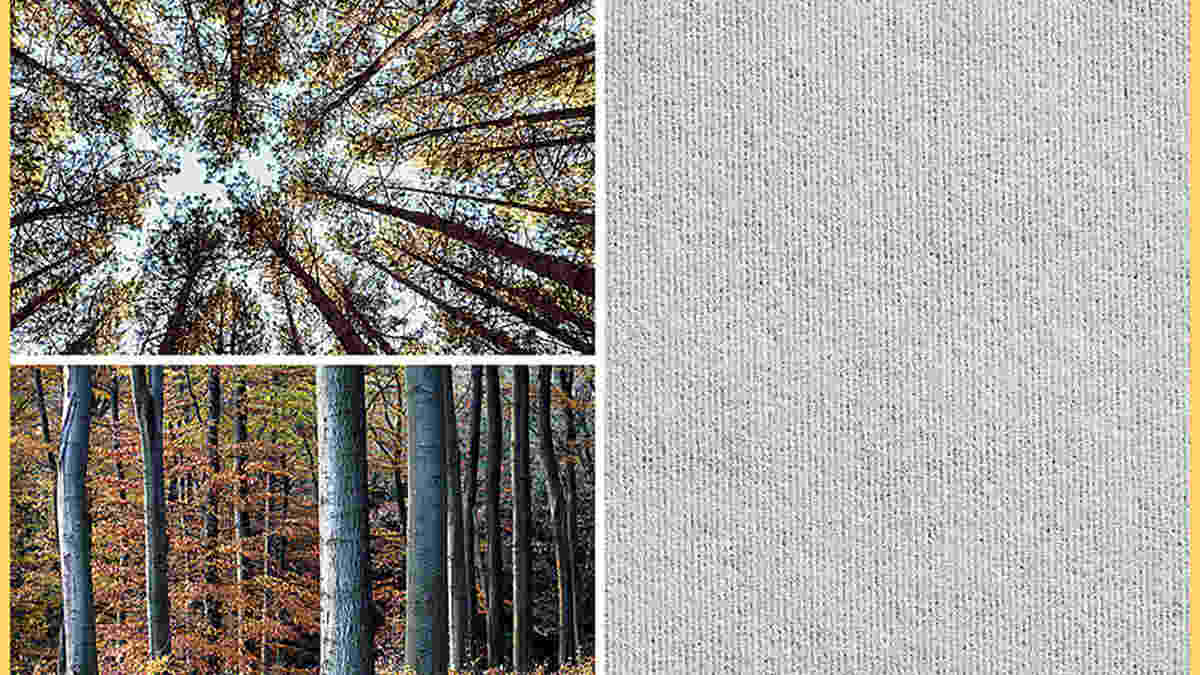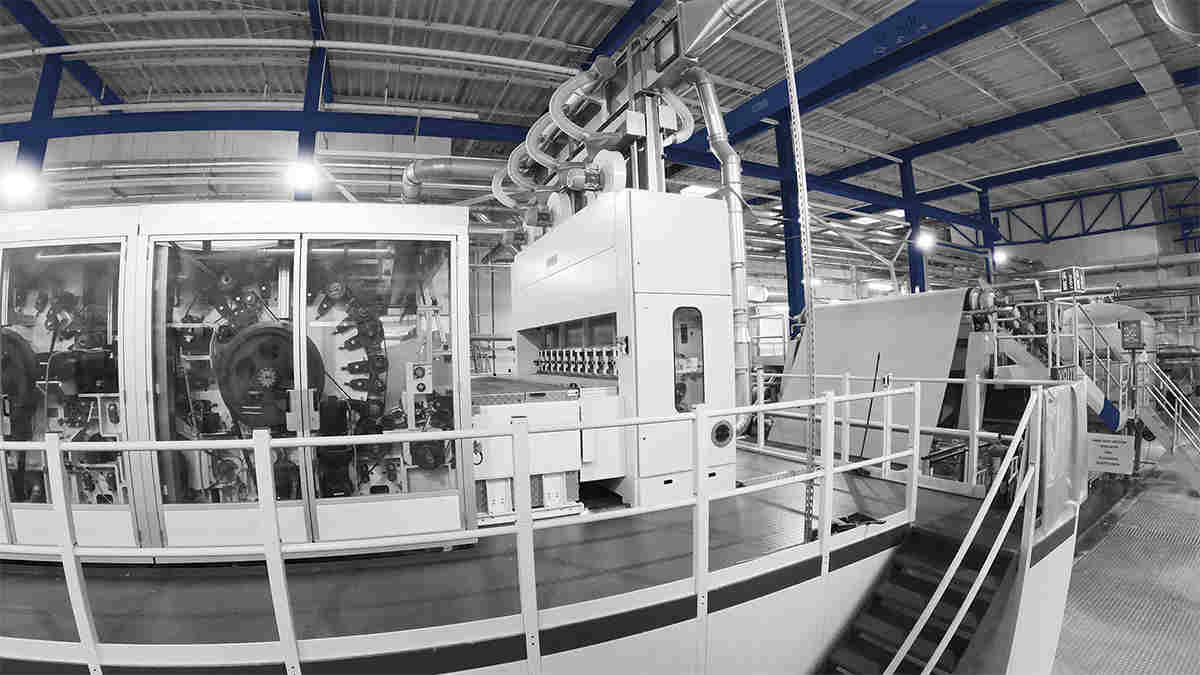Truetzschler Nonwovens, Truetzschler Card Clothing and Voith introduced their new solutions for the production of a wide range of sustainable nonwovens for wipes, hygiene or medical textiles at INDEX held on October, 19-22. Various CP materials including nextLevel/CP wipes, as well as the newest nextLevel/WLS baby and body wipes jointly developed by Voith and Truetzschler, and more were presented to the visitors at the fair.
Plastic-free initiatives are attracting global attention, including consumers, product developers, nonwoven fabric producers and nonwoven machinery suppliers. Truetzschler Nonwovens and Voith have been offering complete lines for wet-laid and spunlaced nonwovens since 2013 in close cooperation. The two companies address the quest for more sustainable and affordable nonwovens in the wipes segment by two proven technologies for manufacturing pulp-based nonwovens.
WLS technology can process all water-dispersible fibres
The first of these, WLS (Wet-Laid/Spunlaced) lines mainly target the flushable wipes market. WLS technology, which has been developed to industrial market maturity, is able to process all fibres that are dispersible in water, while WLS nonwovens are correspondingly versatile. The raw material of WLS nonwoven fabrics is largely inexpensive NBSK wood pulp, which is also used in paper production. With the addition of lyocell or viscose fibres, wet laying and spunlacing result in environmentally friendly disposable products. Mechanical bonding with the help of high-pressure water jets makes it possible to obtain 100% biodegradable products from renewable resources.
More than 20 thousand tons of products can be manufactured per year in the CP line
Furthermore, while various CP (carded/pulp) products were on display, including the innovative nextLevel/CP wipes, visitors had the chance to experience all of these characteristics, benefits, line concepts and equipment on site.
While wood pulp, viscose/lyocell fibres, PET and other short cut fibres can be processed in a CP line, more than 20 thousand tons of production per year can be reached depending on the fibre type, web weight and working width. These composite materials, each consisting of one layer of wet-laid and carded webs, can be designed to meet any requirement. A CP line, including a TWF-NCT high-speed card placed between the HydroFormer and AquaJet, is already running at full capacity at the customer site.

Better carding with Z wire
In sustainable nonwoven fabrics, solutions for the efficient production of biodegradable nonwoven fabrics from virgin cotton fibres comber noils and viscose/lyocell fibres come to the fore. In this sense, visitors had the opportunity to directly compare cotton nonwoven fabrics with a wide range of cellulose-based materials at the fair.
In addition, Truetzschler Card Clothing, the company’s in-house competence centre with respect to card clothings and comprehensive service, also introduced its latest development, the Z wire for high-speed roller cards. A new geometry allows for better cardin and more stable web forming by minimizing fibre fly.

